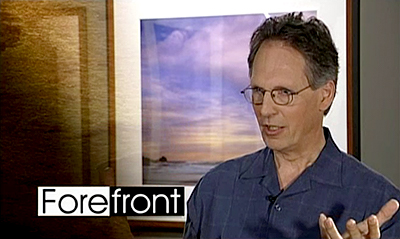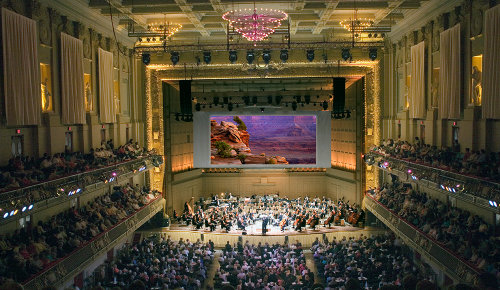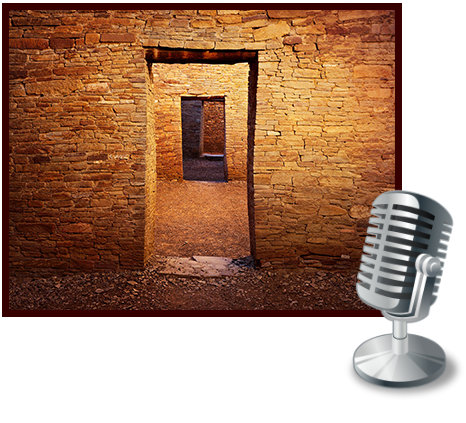Thoughts on Wild Places
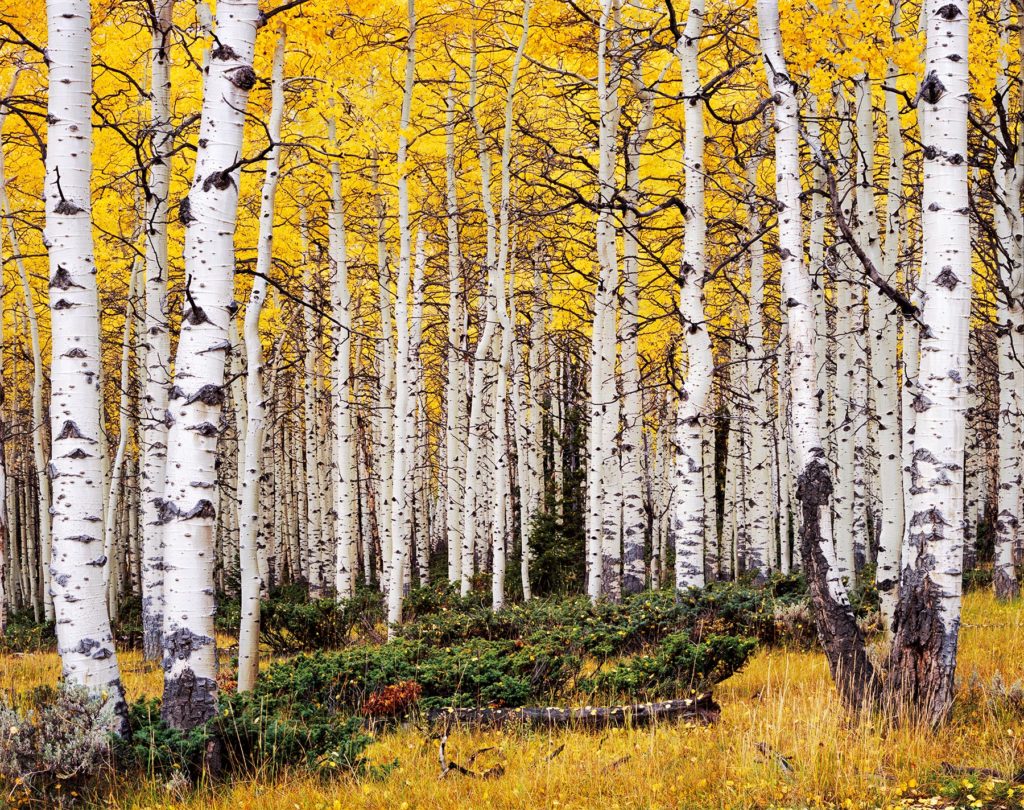
There are times when my camera frames a scene that sweeps fifty miles to the horizon without a trace of human life. Those times are rare and thrilling.
More often, I work to frame out the footprint of man on the landscape. I submit that these images are no less capable of uplift. As a species, we have the capacity to respond to the essence of wildness in a place, even if that place is only an island in the larger sea of human commotion.
Happily, many of these islands are preserved in parks and public lands. Unhappily, some of them are being overrun—loved almost to death for the very uplift they offer. Perhaps, though, the key word is almost.
Even as the quiet places become harder to find they become more valuable as scarce examples, indeed as symbols, of what Wallace Stegner called “the idea of wilderness”. His words were written in 1960 but they have as much meaning today as then. Perhaps more.
“What I want to speak for is not so much the wilderness uses, valuable as those are, but the wilderness idea, which is a resource in itself. Being an intangible and spiritual resource, it will seem mystical to the practical-minded—but then anything that cannot be moved by a bulldozer is likely to seem mystical to them.
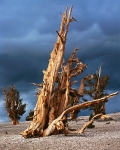
…We need wilderness preserved—as much of it as is still left, and as many kinds—because it was the challenge against which our character as a people was formed. The reminder and the reassurance that it is still there is good for our spiritual health even if we never once in ten years set foot in it. It is good for us when we are young because of the incomparable sanity it can bring briefly, as vacation and rest, into our insane lives. It is important to us when we are old simply because it is there—important, that is, simply as idea.
…We need that wild country available to us, even if we never do more than drive to its edge and look in. For it can be a means of reassuring ourselves of our sanity as creatures, a part of the geography of hope.”*
*Excerpted from Wallace Stegner’s “Wilderness Letter” to the Federal Outdoor Recreation Resources Review Commission, 1960
